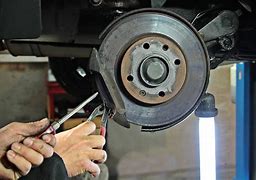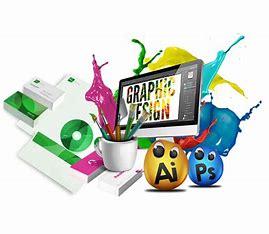Auto repair technology has come a long way from its early days of manual diagnostics and mechanical adjustments. As vehicles have become more complex, so too has the technology needed to repair them. This evolution is a fascinating journey that combines mechanical know-how with cutting-edge innovations. For those needing help with Auto Repair in Rapid City, SD, reaching out to local experts can provide the assistance you need. In this blog post, we’ll explore key books and technological advancements that have shaped the auto repair industry.
 Early Beginnings: The Foundation of Auto Repair
Early Beginnings: The Foundation of Auto Repair
In the early 20th century, the auto repair industry was in its infancy. Mechanics relied heavily on their hands-on experience and basic tools to diagnose and fix issues. During this period, books such as “Automobile Engineering” by Arthur William Judge provided foundational knowledge. These early texts focused on the mechanical aspects of vehicles, offering detailed descriptions of engine components, transmission systems, and the principles of automotive design.
The Rise of Diagnostic Tools
As automobiles became more advanced, the need for better diagnostic tools grew. The 1970s and 1980s saw the introduction of the first electronic diagnostic equipment, which revolutionized the way mechanics approached car repair. “Automotive Diagnostic Systems: Understanding OBD I & OBD II” by Keith McCord is a pivotal book that details the development of these systems. On-Board Diagnostics (OBD) allowed mechanics to quickly identify problems by reading error codes, drastically reducing the time needed for troubleshooting.
 Computerization and the Digital Age
Computerization and the Digital Age
The late 20th century brought the advent of computerization in vehicles. Electronic Control Units (ECUs) became standard, controlling everything from engine performance to emissions. The book “Engine Management: Optimizing Carburetors, Fuel Injection, & Ignition Systems” by Dave Walker provides an in-depth look at how computer systems have taken over many functions previously managed mechanically.
During this period, software tools also became essential in auto repair. Programs like AutoCAD began to be used for designing parts and visualizing repairs, marking a significant shift from manual to digital processes.
The Internet and Online Resources
The proliferation of the internet in the early 2000s further transformed auto repair technology. Mechanics and car owners alike gained access to a wealth of information online. Websites and forums became hubs for sharing repair tips and troubleshooting advice. Books like “How to Diagnose and Fix Everything Electronic” by Michael Geier became popular, bridging the gap between traditional repair manuals and modern electronic troubleshooting.
Modern Innovations: AI and Machine Learning
Today, the auto repair industry is on the cusp of another technological revolution with the integration of Artificial Intelligence (AI) and Machine Learning (ML). These technologies are being used to predict maintenance needs and diagnose issues with unprecedented accuracy. “Artificial Intelligence for Autonomous Networks” by Mazin Gilbert explores how AI is being applied in various industries, including automotive repair.
One of the most exciting developments is the use of predictive analytics. By analyzing data from numerous sensors in a vehicle, AI can predict when parts will fail and suggest preventative maintenance, minimizing breakdowns and costly repairs.
 The Future: Augmented Reality and Beyond
The Future: Augmented Reality and Beyond
Looking ahead, technologies such as Augmented Reality (AR) and Virtual Reality (VR) are set to transform auto repair even further. AR can provide mechanics with real-time visual instructions, overlaying diagrams and guidance directly onto the physical vehicle. Books like “Augmented Reality: Principles and Practice” by Dieter Schmalstieg and Tobias Hollerer offer a glimpse into the future applications of this technology.
VR, on the other hand, is being used for training purposes, allowing mechanics to practice repairs in a virtual environment without the risk of damaging actual vehicles.
Conclusion
The evolution of auto repair technology is a testament to human ingenuity and the relentless pursuit of efficiency and accuracy. From the early days of mechanical manuals to the latest AI-driven diagnostics, each innovation builds on the last, creating a dynamic and ever-evolving industry. For those looking to delve deeper, the books mentioned above provide a comprehensive look at the key developments that have shaped auto repair technology.
As we move into the future, it’s exciting to imagine what new innovations will emerge and how they will continue to transform the way we care for our vehicles. Whether you’re a seasoned mechanic or a car enthusiast, staying informed about these advancements is essential to navigating the road ahead.




